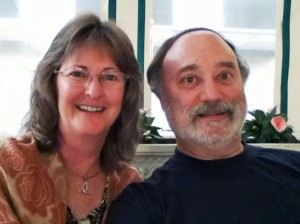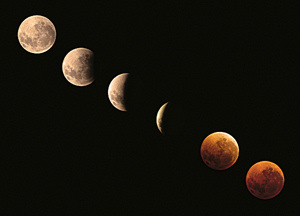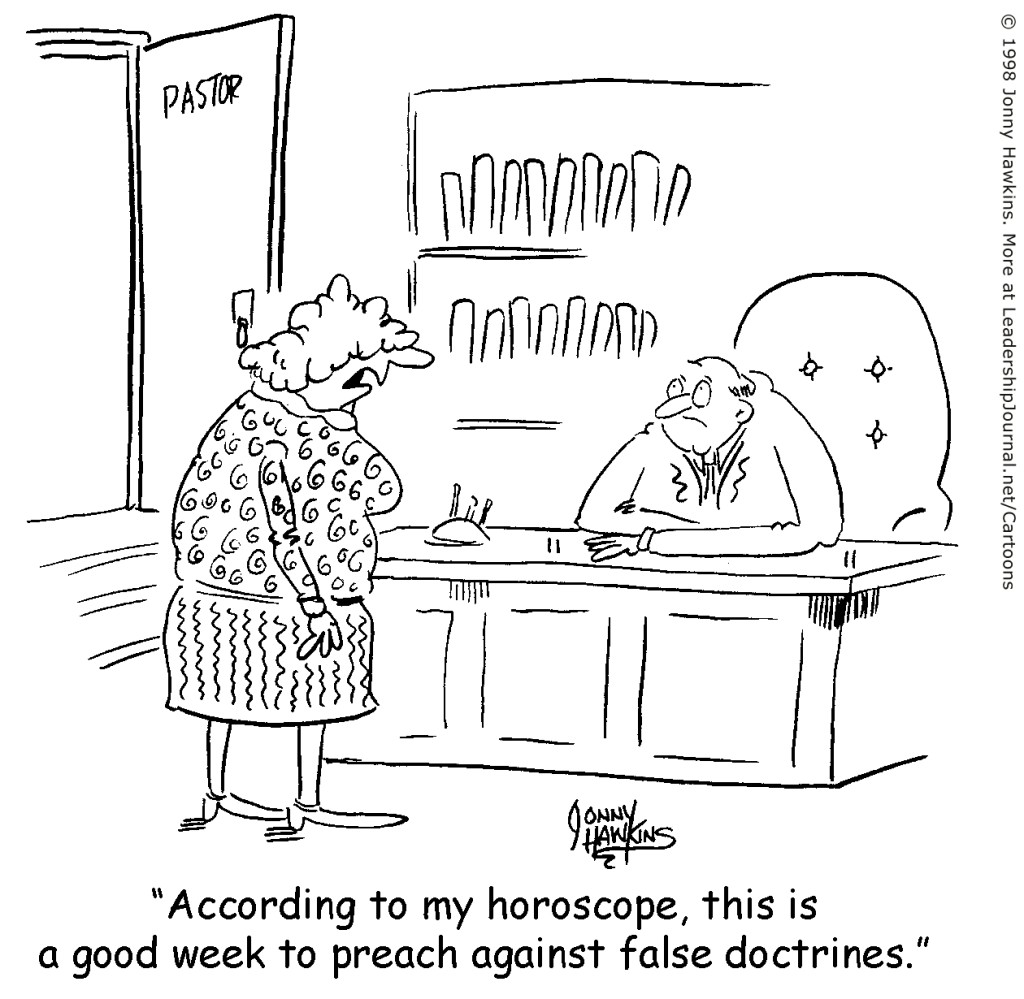Dear Brothers and Sisters in Christ,
 First it was the Millennium Bug, threatening to destroy civilization. Then it was the Mayan Calendar, anticipating the end of the world as we know it. Now some people—particularly those with a seemingly incurable case of prediction addiction—are making a big deal out of “blood moons.” Here they go again!
First it was the Millennium Bug, threatening to destroy civilization. Then it was the Mayan Calendar, anticipating the end of the world as we know it. Now some people—particularly those with a seemingly incurable case of prediction addiction—are making a big deal out of “blood moons.” Here they go again!

The term “blood moon” arose in folklore—often with religious connotations. It describes an astronomical phenomenon of four successive lunar eclipses within a short period. The scientific name is a “tetrad.” We are in one of those periods now. Well, so what?
Though rare, tetrads are not unique. They have occurred 142 times in the past 5000 years and will happen eight more times this century. But some prophecy buffs regard the current tetrad as especially significant because the eclipses will coincide with certain Jewish festivals. Though they warn that this is ominous, we seem to have survived the first eclipse just fine. It came and went on April 15, which was the second day of the Passover festival. In the U.S., the big event that day was passing the deadline to file income tax returns (I hope you survived!). The second eclipse in the tetrad then comes on October 8, 2014, during the festival of Tabernacles. The third will come on April 5, 2015, again during Passover, and the fourth on September 28, 2015, again during Tabernacles. Ironically, three of these four eclipses will not even be visible in Israel, although the September 2015 one may be.
Again, I ask, “So what?” There is nothing particularly extraordinary about this. The Jewish holy days are scheduled according to a lunar calendar with some occurring on the full moon. Thus the current tetrad is not the first to coincide with Old Testament festivals. It happened in 1967-68; 1949-50; 1493-94; 860-61; 842-43; 795-796; 162-163; and 32-33 AD. But this historic reality does not stop the current speculation. Some people insist on interpreting this as the harbinger of a significant prophetic event. A few see it as signaling the rapture or the tribulation. Others, no doubt, will try to fit it into their speculative prophetic timeline in other ways. They should heed Isaiah’s warning:
When people tell you, “Try out the fortunetellers. Consult the spiritualists. Why not tap into the spirit-world, get in touch with the dead?” Tell them, “No, we’re going to study the Scriptures.” People who try the other ways get nowhere—a dead end! (Isaiah 8:19-22 MSG).
Jesus warned of false prophets, alarmists who would proclaim, “Here’s the Messiah! There he is is!” But Jesus’ advice was this:
“Don’t fall for it. Fake Messiahs and lying preachers are going to pop up everywhere. Their impressive credentials and dazzling performances will pull the wool over the eyes of even those who ought to know better” (Matthew 24:23-25 MSG).
Jesus, not astrology or astronomy, is the lens through which we read and thus interpret scripture. Some will object, pointing to Jesus’ prophecy about the destruction of the temple and Jerusalem:
“Immediately after the distress of those days the sun will be darkened, and the moon will not give its light; the stars will fall from the sky, and the heavenly bodies will be shaken” (Matthew 24:29).
Others, no doubt, will point to Peter’s words, spoken on Pentecost:
“The sun will be turned to darkness and the moon to blood before the coming of the great and glorious day of the Lord” (Acts 2:20).
In making this proclamation, Peter was quoting Joel’s prophecy, as recorded in the Septuagint (a Greek translation of the Old Testament), concerning the heavenly signs that would accompany the outpouring of God’s Spirit. These signs would occur, “before the coming of the…day of the Lord.” In Peter’s mind, the time between Jesus’ death and resurrection and his promised return were telescoped into a short span of time. As he spoke these words, reverberating in Peter’s mind, no doubt, was the darkening of the sun and the red moon that occurred on the Passover at Jesus’ death (Luke 23:44). He and other of the disciples likely considered those events as fulfilling Joel’s prophecy concerning the beginning of the last days—the time when the Holy Spirit would be working to call and convict all humanity. Ever since Jesus’ resurrection and ascension, we have been living in those last days.

There is no warrant for using predictable astronomical events as a hermeneutical device for interpreting the Bible. God set these marvels of the universe in motion and they are a joy to behold. As David declared, “The heavens declare the glory of God; the skies proclaim the work of his hands” (Psalm 19:1). We should enjoy God’s creation for what it is, not for something beyond its purpose.
Cosmic events and even general historical events, are not to be used to try to make God’s providential working predictable. Such approaches should be left to those who practice astrology, divination and necromancy—practices strictly off limits for those who worship the living God.
Yes, when God works according to his divine wisdom, the effects will be seen in history and even in the wide expanse of the universe. This is so because God in Christ is Lord of both history and the entire cosmos. As those who worship him, we recognize and can anticipate the kinds of things our God will do, because we know that they will express his nature and purposes, which are revealed to us in Jesus Christ. And that is all we need to know. Jesus himself is God’s final Sign. He is the ultimate Reality, who enables us to trust in God in every circumstance and at all times. God revealed to us in Christ is faithful, not predictable.
Frankly, it is wearisome to me to see people reacting to these naturally occurring phenomenon with a spirit that is not unlike that of the Pharisees who came to Jesus seeking a sign in the sky. The Bible says they did so to “test” Jesus. Note Jesus’ reaction:
He sighed deeply and said, “Why does this generation ask for a sign? Truly I tell you, no sign will be given to it.” Then he left them, got back into the boat and crossed to the other side (Mark 8:12-13).
We don’t need a sign when we have the Reality standing before us, alive among us by his Spirit. So let’s pause to sigh deeply like Jesus did and go back to the Lord’s work and worship.
Your brother in Christ,
Joseph Tkach



Someone once said that we are to live in the present, with an understanding of the past and in the hope of the future. Whatever the source, that sounds like reasonable and safe advice. Unfortunately, under the guise of religion, some appear to prefer wanting to “live in the future”, forgetting the lessons of the past and making excuses for the present. A warning to all of us…thank you.
Great article, will post it to my FB page, I know some will find this interesting FACTS. Thank you for writing about this subject of blood moons. John Hagee, believes these are a sign from GOD. Hmm, now what did GOD say in HIS word about a wicked generation seeking after signs?? Enough said!